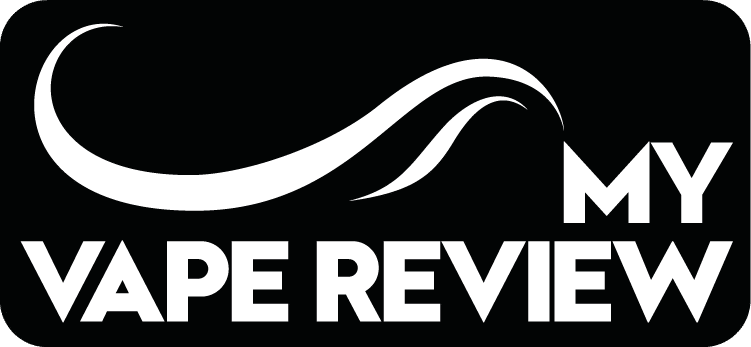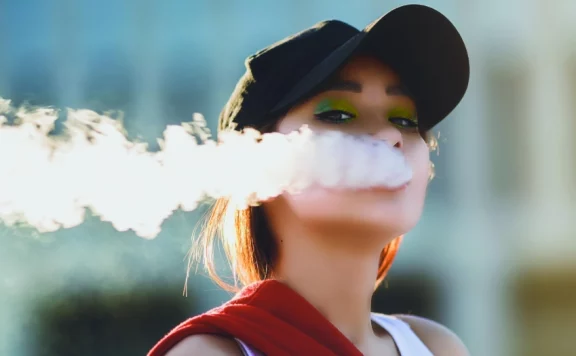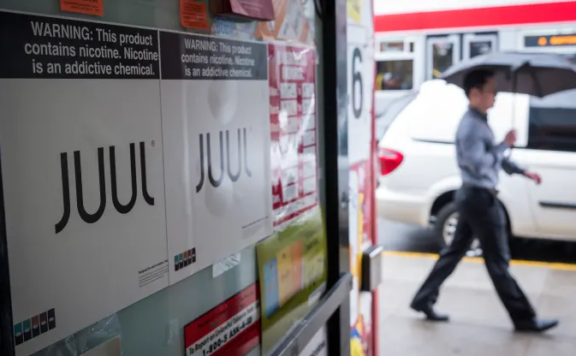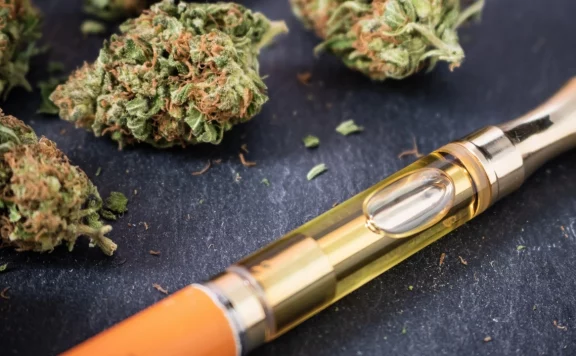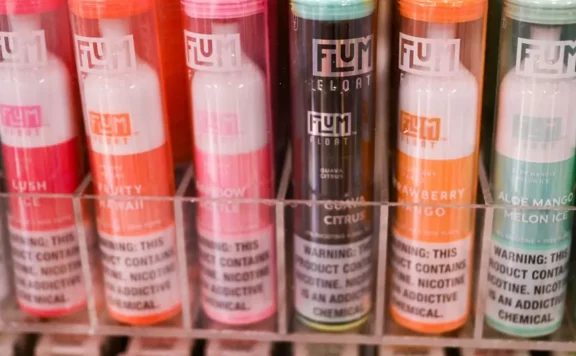The leading manufacturer of vaporizers, cartridges, and liquids in China, RLX Technology Inc., is a business that is going through a lot of transition as China’s vaping industry transitions.
This theme recurs throughout its most recent earnings report, which was highlighted by a second straight fall in revenue in the three months leading up to June. In the final two quarters of this year, those declines are destined to pick up speed as China implements a new regulatory framework that includes new administrative measures that went into effect in May and new national standards for the industry that will go into effect on October 1.
The most important change mandates that RLX and its rivals obtain licenses for all of their goods, including restrictions on how much they can sell annually. RLX previously disclosed that it has obtained two of these licenses, enabling it to carry on with the sale of its primary goods, which include vaping liquids, vaping cartridges, and disposable and rechargeable vaping devices.
Another significant shift is the adoption of new standards for all such goods, necessitating a redesign of the whole RLX product range to comply with those requirements. Last but not least, RLX and its rivals will be forced to discontinue more well-liked varieties including fruits that formerly accounted for almost 90% of China’s vaping market because they would be restricted to selling just tobacco-flavored vapes.
Given all of this, it is not surprising that Wang Ying, co-founder and chairman of RLX and also known by her English name Kate, described the vaping market in China as being “very active” at the present.
The latest study didn’t seem to worry investors too much, as seen by the fact that RLX shares, which account for over half of China’s vaping industry, increased 1.6% on Wednesday following the announcement. With the S&P 500 down 1.7% following the Fed’s announcement of yet another significant interest rate hike to fight inflation, that climb appeared all the more amazing against the background of a more significant sell-off on Wall Street.
All things considered, it’s important to highlight that RLX’s minor comeback doesn’t offer much comfort to the company’s early investors who lost a lot of money gambling on it. Its American depositary shares (ADSs), which last traded at $1.25, are currently trading roughly 90% below their IPO price of $12 in January 2021, which has fallen by about 70% this year.
It’s safe to say that RLX is not the only vaping business being affected by a global regulatory tsunami intended to control the craze. Juul, the company’s U.S. counterpart, has been engaged in a legal battle with the Food and Drug Administration for the past several months because the agency in June prohibited the sale of its vaping products in the country.
In light of this, some would argue that China’s implementation of a new regulatory framework appears to be a favorable development for RLX and its competitors because it indicates the group will be permitted to continue operating. However, RLX, whose mini-stores are a common sight in Chinese shopping malls, appears destined to shrink somewhat in the end.
In a recent article, we stated that the corporation seemed to assume the new laws would cause a 30% decrease in sales when it reported the acquisition of its licenses in July.
Inventory Clearance
In light of the foregoing context, we will examine RLX’s most recent financial figures in further detail and explain how they actually depict a business in transition. We’ll also make an effort to offer our own perspective on the company’s future prospects over the subsequent few quarters.
In terms of top-line revenue, RLX’s second quarter sales dropped by 12% to 2.23 billion yuan ($316 million). Even while a decline is never desirable, it is important to keep in mind that many Chinese businesses fared equally as poorly or worse during the period as a result of periodic Covid-related business disruptions, including a total lockdown in Shanghai’s financial district in April and May. Additionally, the 12% drop in revenue was a significant improvement over the company’s first-quarter revenue decline of 30%.
Investors were cautioned by RLX not to get overly enthused by the second quarter’s relatively little revenue reduction since it had been artificially inflated by a significant sell-down of its existing stock in anticipation of the new regulatory framework. Due to their inability to comply with the new regulatory requirements, the majority of their current products will become obsolete as a result of this transition.
Naturally, the corporation would not have given a third-quarter revenue forecast during such a period of significant upheaval. However, CFO Lu Chao’s statement that “we are off to a poor start on the sales of our new items that are complying with the national requirements” struck a slightly depressing note.
The company stated that it anticipates its R&D spending to increase as a percentage of sales as it works to create a product range that conforms with the new rules. According to Wang, the non-GAAP R&D spending ratio for the company climbed from 1.5% in 2018 to 3.6% in the first half of 2022, and Wang predicted that the ratio will continue to rise in the ensuing years.
The business’s bottom line wasn’t awful considering all the transitions taking place. Its earnings practically decreased in half to 441.6 million yuan. However, the majority of that was due to share-based compensation, so when that effect was taken into account, the decline in non-GAAP net profit to 634.7 million yuan was far smaller than 2.6%. By increasing its cash holdings from 14.9 billion yuan a year earlier to 16.8 billion yuan at the end of June thanks to its profitability and positive cash flow, the company demonstrated that it had sufficient resources to execute the change without experiencing a cash shortage.
When all is said and done, the 30% revenue reduction we described earlier looks like something you could reasonably anticipate throughout this changeover. Before then, the business will likely have some even worse contractions, perhaps of 50% or 60% in the upcoming quarters, as it is obliged to stop selling its outdated items while the newer ones are still rising in popularity.
With so much unpredictability, RLX’s valuation has fallen significantly; as of right now, the P/E ratio for the business is only 4. Smoore International (6969.HK) and Huabao International (0336.HK), in contrast, both trade at P/E ratios of roughly 15, likely due to their role as manufacturers of vape components rather than sellers of finished goods and their wider geographic distribution.
